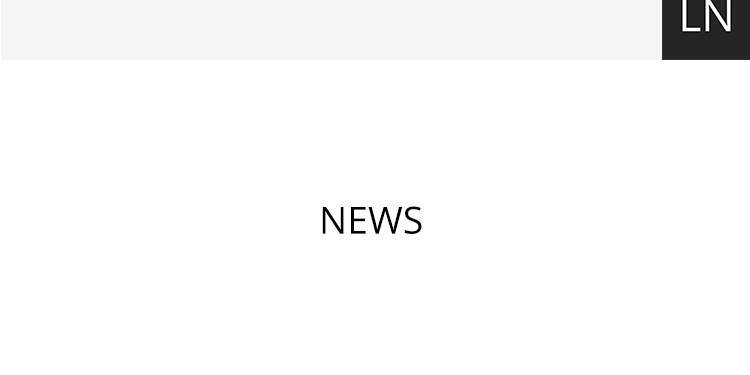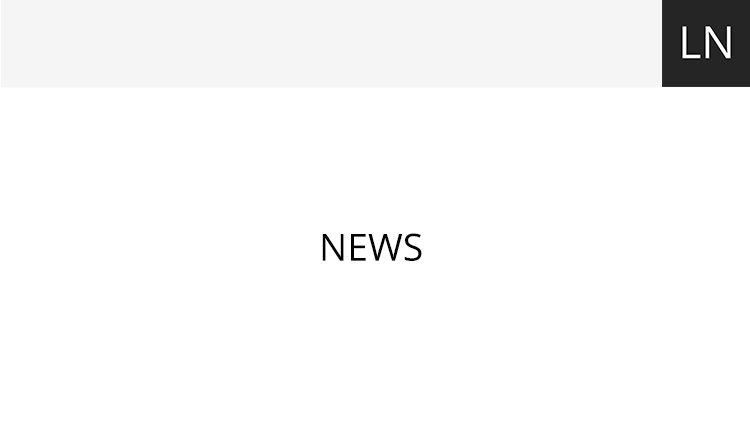People frequently ask us about the difference between European Slating, Continuous Slating and American Slating. So we hired a rocket scientist to figure it all out once and for all:
First: the lowest common denominator of all differen styles of slating is the take. Whatever you write on your clapper – it’s always shot in several takes – which means: several tries. So we skip that part and now take a look at the different scene-slate combinations.
How American Slating works:
Applying this style you treat scene and slate as an unambiguous unit. The naming of these scene-slate-combinations starts with the scene name itself, followed by letters in alphabetical order. So on a Clapper you would see something like: 9, 9A, 9B, 9C and then 10, 10A …
How European Slating works:
Think of a scene as an instance and of a slate as an instance on its own. All scenes (e. g. 9 and 10) are divided into several slates. These slates are numbered from 1 on. Same Example: so on a Clapper you would see something like 9/1, 9/2, 9/3, 9/4 and then 10/1, 10/2 …
A subset of the European Slating is the Continuous Slating. The slate number counts straight from 1 to infinity – in spite of a scene change. That allows a certain slate to be uniquely identified over a whole project.
Same Example: so on a Clapper you would see something like 9/1, 9/2, 9/3, 9/4 and then 10/5, 10/6 … (Sometimes the order is reverse – in this case the increasing slate number is first, the scene number second)
Different possibilities with different pros and cons. In the end, it doesn’t matter. The main point is to keep the style consistent during the projekt and tell the editor how you are doing it. Also important of course: the right style when it comes to the final clap.



